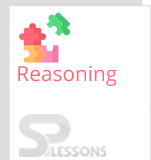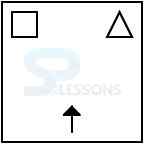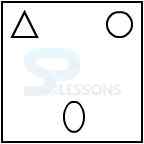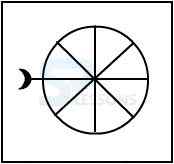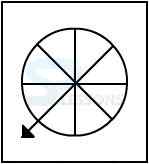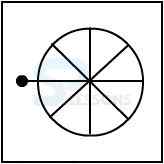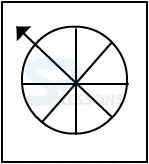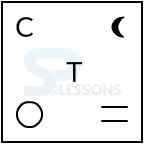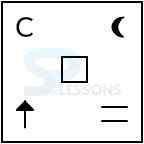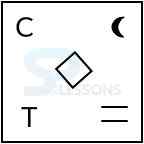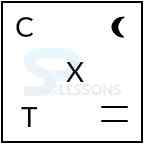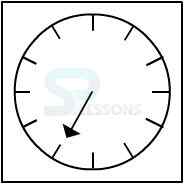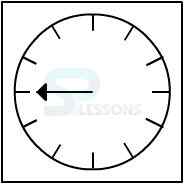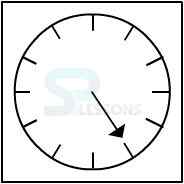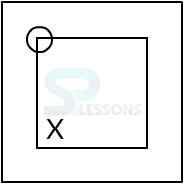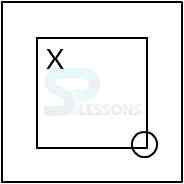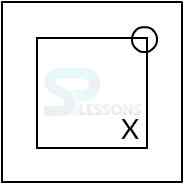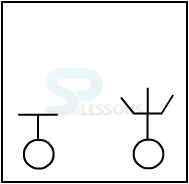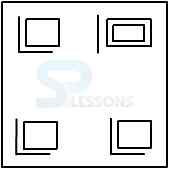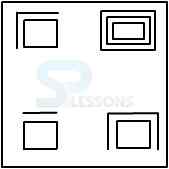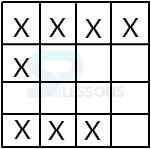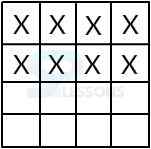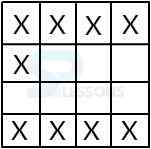 Description
Description
Non Verbal Series or Non-Verbal Reasoning primarily involves the ability to understand and analyse visual information. Based on the visual information analysis, the questions in Non Verbal Series should be solved using visual reasoning. Examples include: identifying relationships between figures, similarities and differences between shapes and patterns, recognizing visual sequences and relationships between objects.
Non Verbal Series questions are based on the continuation of figures in the series. There are different kinds of problems with the arrangement/series. However, the fundamental concept for every series is the same. There is a grouping of figures representing a change step by step in order. One figure from the given alternatives is either out of order and has to be discarded or one figure from the given alternatives must be chosen which would continue the series.
Reasoning Ability -BANKING|SSC|RAILWAYS|INSURANCE|RECRUITMENT EXAMS – EBOOKS
 Concept
Concept
Non Verbal Series - Types of Series:-
- 1. Five figure arrangement.
2. Three and four figure arrangement.
3. Selecting the missing figure in an arrangement.
4. Identifying the wrong pattern in an arrangement.
5. Identifying the incorrect figure in an arrangement.
 Q & A
Q & A
1: Given an arrangement comprises of five figures numbered 1, 2, 3, 4 and 5 shaping the arrangement of problem figures, trailed by five different figures A, B, C, D and E framing the arrangement of answer figures. The five back to back problem figures shape a positive grouping. Choose one of the figures from the arrangement of answer figures which will proceed with the same series. (G.I.C. A.A.O. 2006)
Problem Figures:-
Answer Figures:-
- A.
B.
C.
D.
E.
- A.
B.
C.
D.
E.
- A.
B.
C.
D.
E.
- A.
B.
C.
D.
E.
- A.
B.
C.
D.
- A.
B.
C.
D.
E.
- A.
B.
C.
D.
E.
- A.
B.
C.
D.
E.
